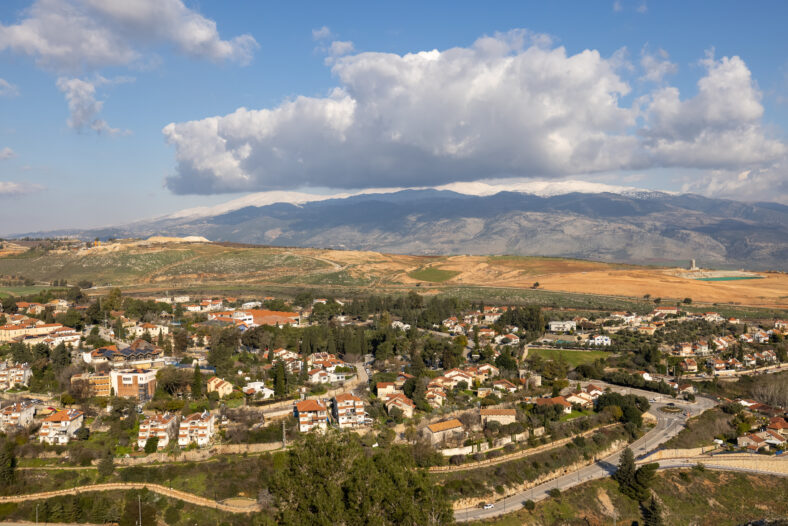A Rare Roman Artifact Referring To Places Lost To Time Was Uncovered In Israel

In 2022, archaeologists uncovered a rare 1,720-year-old Roman artifact during excavations conducted at the biblical site of Abel Beth Maacah near Metula in northern Israel. The artifact contains inscriptions that refer to places that have been lost to time.
The site is known as a “tell,” which is characterized by an artificial mound formed over time due to human habitation.
Such mounds are usually found in regions with long histories of settlement, like the Mediterranean, the Middle East, and parts of South Asia.
Some burials were discovered in the northeastern part of the tell. One of them was covered by a large, rectangular basalt slab. When archaeologists flipped the slab over, they found a Greek inscription on the other side.
They translated the inscription and learned that the slab was a rare artifact known as a Tetrarchic boundary stone.
It is unclear where the slab was originally located, but based on its size and weight, it was likely close to where it was found.
The stone was used to mark the boundaries of agrarian borders between villages during the Roman Tetrarchy, a system of government founded in A.D. 293 by Emperor Diocletian.
It divided ruling power among four co-emperors—two senior emperors and two junior emperors—to effectively manage the vast Roman Empire.
The Tetrarchy period lasted from A.D. 293 to A.D. 306. The purpose of defining the borders was to standardize taxation and establish clarity regarding land ownership.

Sign up for Chip Chick’s newsletter and get stories like this delivered to your inbox.
The stone’s inscription revealed the names of two previously unknown villages: Tirthas and Golgol. They may be linked to ancient sites that were identified in the 19th-century survey of Western Palestine. The slab also mentions the name of an imperial tax official, or “censitor,” for the first time.
The inscription reads: “Diocletian and Maximian, the Augusti, and Constantius and Maximian, the Caesars, ordered the placement of this stone marking the boundaries of the fields of the settlements of Tirathas and Golgol. Made under the supervision of Basiliakos.”
Later, the stone was repurposed as a grave covering, which was how archaeologists discovered it. Despite its secondary use, it remains well-preserved.
Overall, the artifact illuminates what land ownership, local settlement patterns, and imperial administrative practices were like in the Levant, which was once part of the Roman Empire.
“This discovery is a testament to the meticulous administrative practices in the Levant, which once formed part of the Roman Empire during the Tetrarchy,” said Uzi Leibner, a co-author of the study from the Hebrew University.
“Finding a boundary stone like this not only sheds light on ancient land ownership and taxation but also provides a tangible connection to the lives of individuals who navigated these complex systems nearly two millennia ago.”
The study was published in Palestine Exploration Quarterly.
More About:News